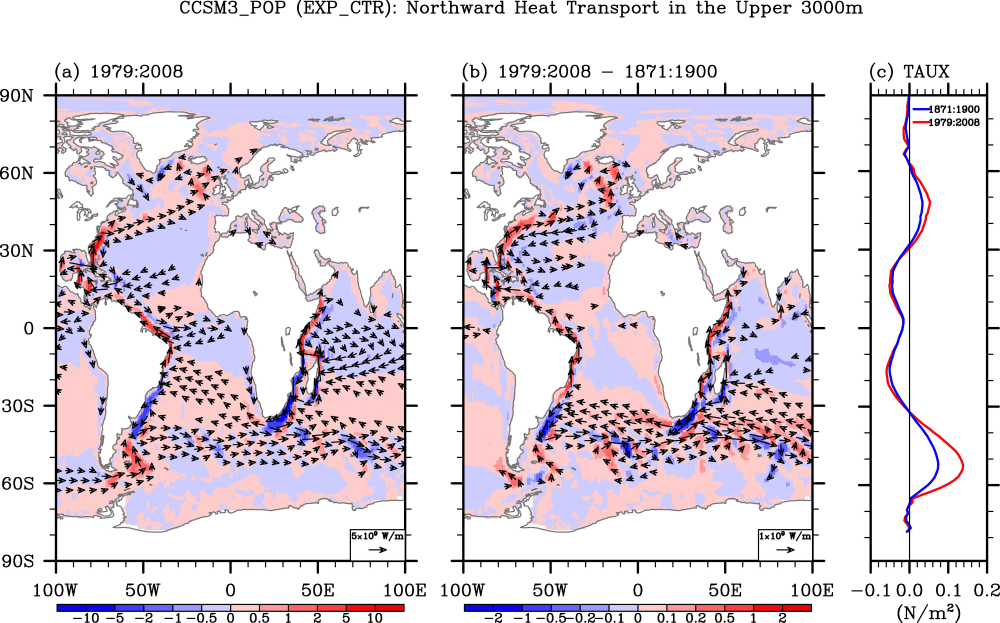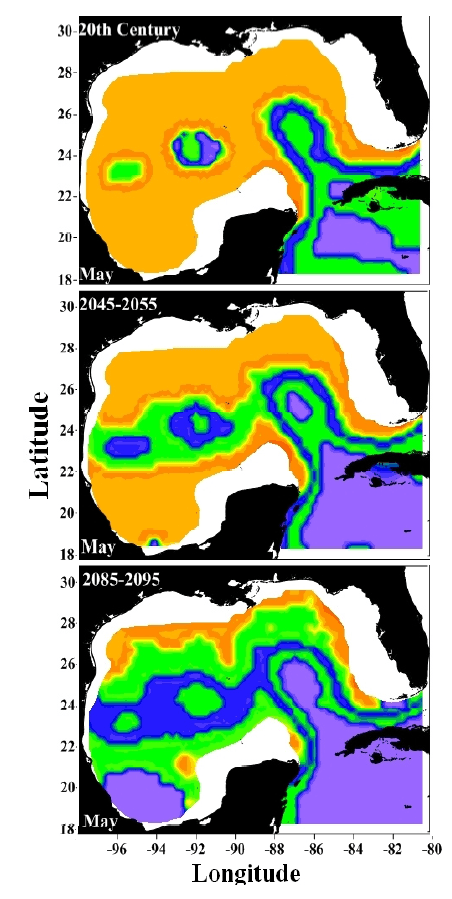Satellite-derived Heat Content Product Developed at AOML Helps to Understand The Differences in Intensity Between Tropical Storm Isaac and Hurricane Katrina
A news article that appeared on August 27 shows the ocean conditions in the Gulf of Mexico during hurricanes Katrina (August 2005) and Isaac (August 2012). The ocean conditions are depicted by the upper ocean heat content derived from satellite altimetry using a methodology developed at NOAA/AOML. The upper ocean heat content had larger values during Katrina mainly due to an anticyclonic warm ring and an extended Loop Current. These conditions, not found during the passage of Hurricane Isaac, partly contributed to the intensification of Katrina.




